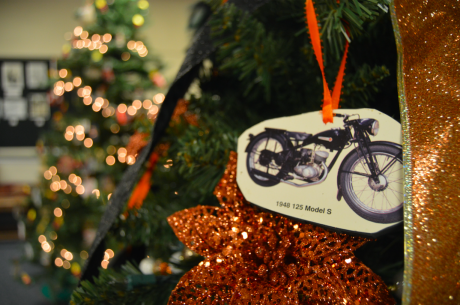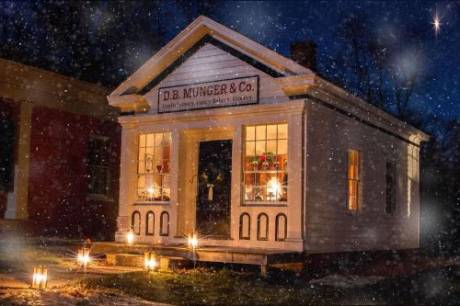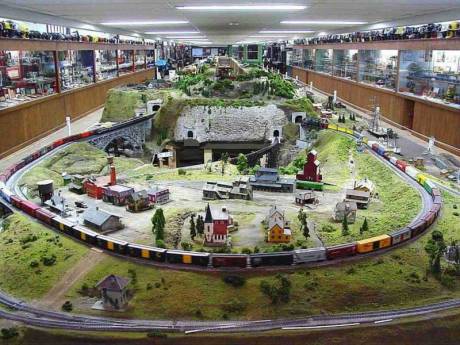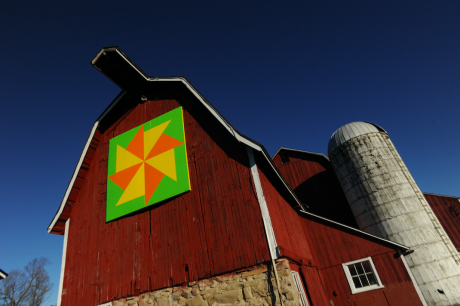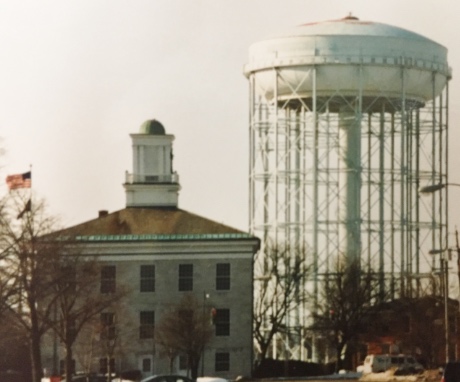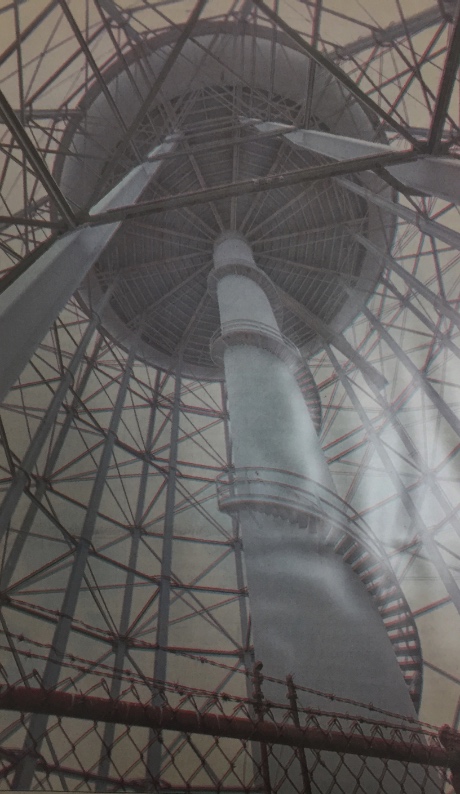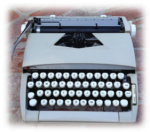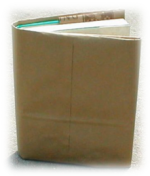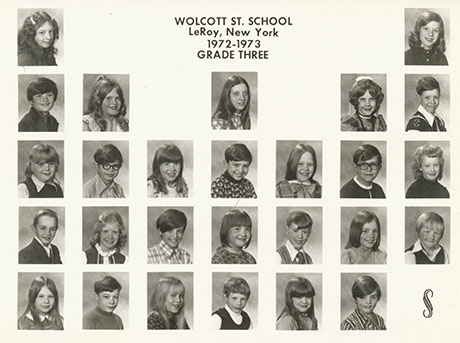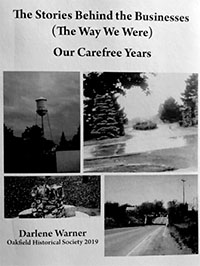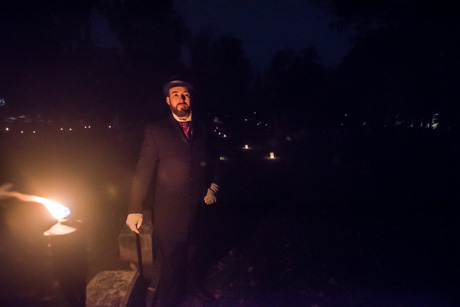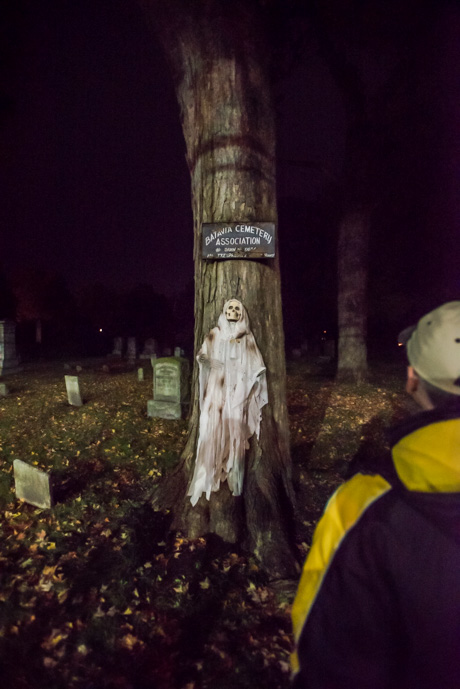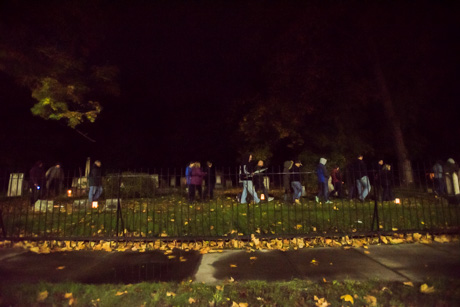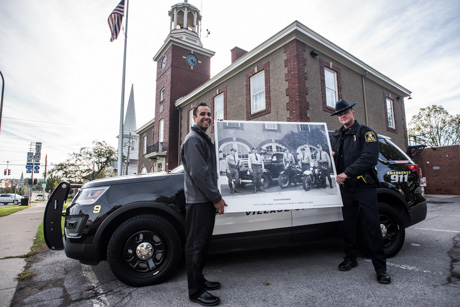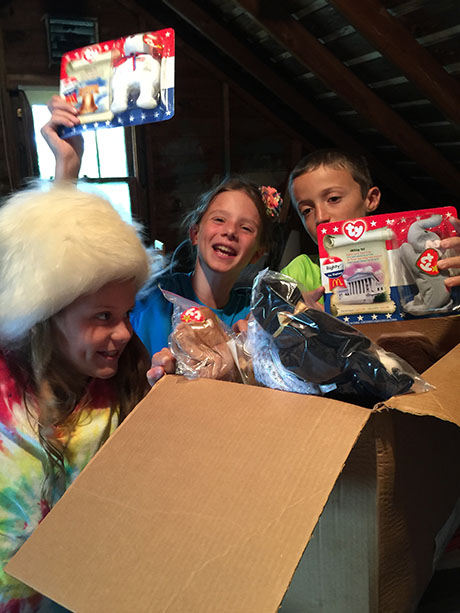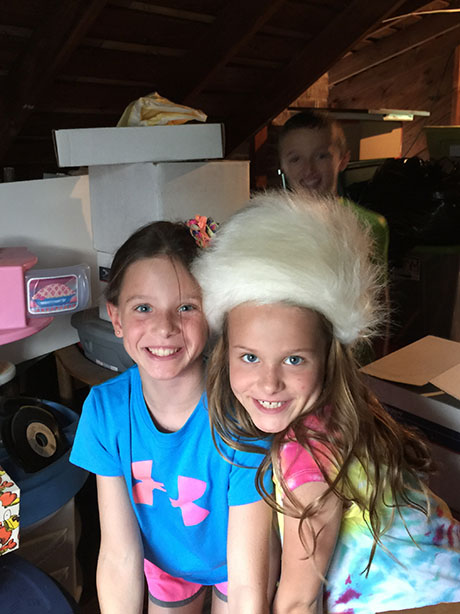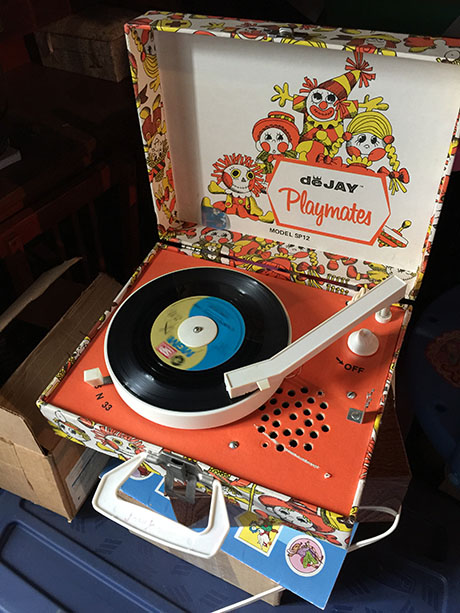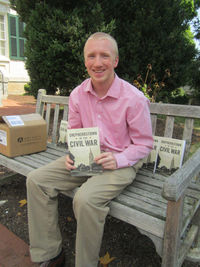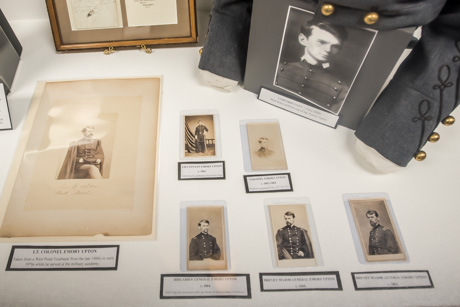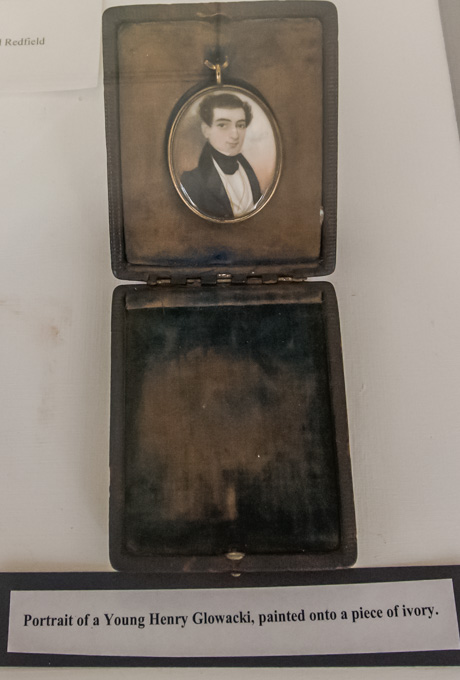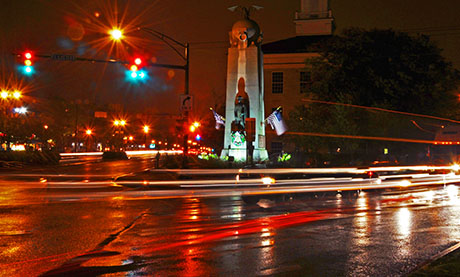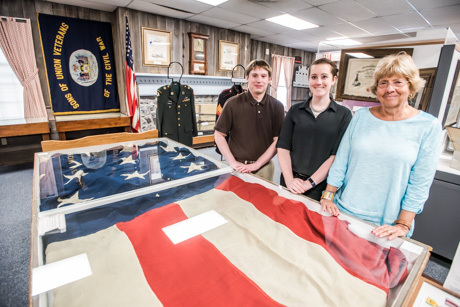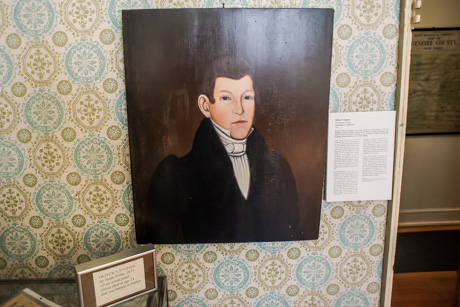The extremely brief football career of a Batavia boy
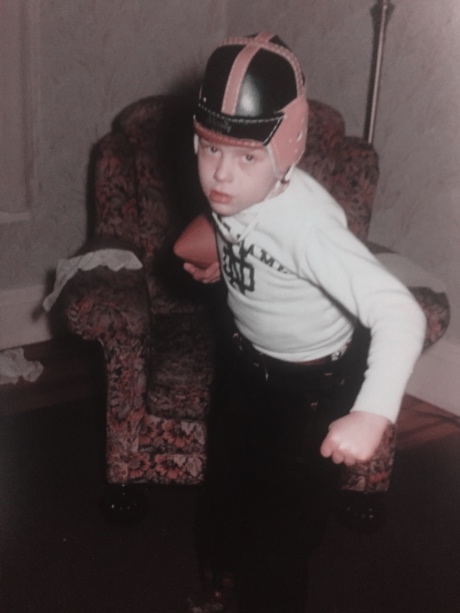
Seeing this year's Batavia High School football team go all the way to the New York State Championship game and Notre Dame, my favorite college team since childhood, go to the NCAA semifinal brought back memories of playing football as a kid.
Short memories. Really short memories. You see, my official football career lasted for one week.
When I was a little kid, even at age 6 or 7, I became a huge Notre Dame University fan. I'm not really sure why.
Perhaps it was being Catholic. Maybe it was because my dad liked Notre Dame, although he couldn't really watch any sporting event without getting mad. He had a sixth sense for identifying which team was going to lose and then spending the whole game complaining that “they were getting gypped.”
I actually used to go to my aunts' house to watch sports to get peace and quiet.
When I was very young I was already cutting out articles from the newspaper about Notre Dame and my heroes Ralph Guglielmi, Johnny Lattner and Paul Hornung. When I was 10 in 1957, I watched every second of the Fighting Irish 7-0 victory over Oklahoma (on our black and white TV), which broke the Sooners' 47 game winning streak.
Around this same time I began to play football in the yard or at the park with my little friends. I'm sure the ball was bigger than some of us could hold onto, but we would run and tackle “like the big guys.” Of course, when I got my prized red helmet for Christmas (as described in a previous story) then it was really “game on."
What I'm leading up to here is that as I played and watched football more and more, I started to fantasize about playing for Notre Dame someday. I would drift off to sleep or get through a dull day at school by imaging myself running out of the tunnel onto that oh-so-bright green field at South Bend, Ind.
I would be dressed in my green and gold uniform and I would run and pass for touchdowns that would have the frenzied crowd shouting my name. The week after that 1957 Irish victory over Oklahoma my parents surprised me by taking me to South Bend to see Notre Dame play Iowa.
That whole experience -- the pep rally the night before, the school band playing the fight song, being in the stadium, the sights and sounds of the game -- all solidified my Notre Dame fandom. Even though the Irish lost the game, I was as hooked as a hungry bass chomping on a lure.
As I got older, I grew taller and a bit bigger than some of my friends. When we would play and they would try to tackle me, I would drag some of them along before they could get me to the ground so they started calling me “Tank.” That only boosted my daydream that I could be a real football player.
So, at age 13 as ninth grade approached, I was headed for Notre Dame High School, which in my mind would be the perfect lead in to Notre Dame University. I passed my physical and as the summer ended I arrived at the school with my heart pounding to get my uniform and walk over to the field on Union Street to embark on my football career.
But as happens in life, fantasy and hopefulness were in for a huge dose of reality.
The head coach was a man who had been our physical education teacher at St. Mary's Elementary School. At some point in the first practice coach blew his whistle and told everyone to gather around in a circle. It was time for a fun little activity called “Bull in the Ring.”
The upperclassmen clapped and cheered and seemingly couldn't wait to get at it. I had no idea what was going on, but I found out soon enough. Two players were called out to the center of the ring and essentially would run into each other until the coach decided that one of them had enough.
My opponent outweighed me significantly and went on in his upper-class years to become a team captain and an All-Catholic wrestler. In a minute I went from “Tank” to “Stank” and spent a long time soaking in the tub that night.
Day two brought two more obstacles: going up against way bigger guys and sunburn. Apparently Coach's view of freshman and jayvees was that they were there to be used as punching bags for the varsity.
With a minimal amount of instruction we were lined up on defense for the varsity to run plays against. At a whopping 135 pounds I was placed at defensive end against a senior who was at least 190. Play after play he would just knock me backward into the dirt like a bulldozer would a sapling.
At the same time, the sun was beating down on my red head and fair skin. I don't remember if sunblock was invented then, but even so I didn't have any. So at the end of that practice I made my way home -- head spinning, mouth and eyes full of dirt, skin like a lobster.
In fact, I was burned so badly, that my mom wouldn't let me go to practice on the third day. I can't say I complained because I could barely get out of bed anyway.
Fortunately, it was the weekend and there was no practice on Saturday or Sunday. That gave me a couple days to heal and rest.
On Monday, I made a gigantic mistake. I had my mom write an excuse note for missing Friday's practice. This was comparable to a soldier's mom writing a note to General Patton.
“Dear General, please excuse my son from the war because he had the sniffles.” What was I thinking? As Coach read the note, he looked up at me with an expression of disgust.
“Really kid (he didn't know my name)? Sunburn? I'll see you out on the field.”
So, my mom had no idea, but her note resulted in me running a bunch of laps around the field in the blazing sun while the rest of the team ignored me like lima beans at Thanksgiving dinner.
The last day of my football career really wasn't a surprise. My fantasies of playing quarterback for Notre Dame University had been ground out of my imagination and beaten into the dust of the practice field. At this point, I was just hoping to survive one more practice.
I made it, but not by much.
The final straw was an innocent enough looking punt coverage drill. We lined up in two lines, the punter kicked the ball downfield and we were supposed to take off and go after the receiver. At the end of my line stood Assistant Coach Tree Trunk Arms. His biceps seemed as big around as a normal person's legs.
As I heard the snap count and sound of the ball off the punter's foot I took off.
Suddenly, it felt as though someone had swung a baseball bat and connected with my helmet. But it wasn't a baseball bat, it was the giant fist of Mr. Trunk Arms. Apparently, he was trying to simulate the contact that you would feel from an opposing team member. Yeah, like having a bowling ball dropped on your head would simulate an acorn falling from an oak tree.
Several seconds must have gone by before I realized that my face was in the dirt. My head was reeling and as I lifted it up my vision was blurry. In the cartoons this is often depicted by a bunch of birds flying around the person's head as they stagger away, and stagger is exactly what I did though I can't recall hearing any bird noises.
To this day I hate to admit it, but I think I was crying. The rest of the practice was pretty much a foggy haze in my brain, but I'm pretty sure neither ol' Trunk Limbs nor any other coach asked if I was OK.
That night, when the mist had cleared somewhat from my noggin, I made a decision. I had been working up to it for a couple days. Not only would I never run out of that tunnel in South Bend, I wouldn't be going across Richmond Avenue to the Notre Dame High School field either. I was done.
I don't remember exactly how I quit, but it was certainly no loss to the team.
A couple of the older players made some half-hearted attempts at shaming, words like sissy and coward might have been said, but I was more relieved than sad. Later on, I did letter in cross-country, track and basketball, so I was able to enjoy high school sports after all.
Of course, my childhood daydreams were just that. No player from Batavia, and there have been many good ones at NDHS and Batavia High School, ever played for Notre Dame University. Not to mention the grades needed to get into that venerable college that I didn't come close to achieving.
In fact, St. John Fisher where I did go just had intramural football back then and I didn't even play. A couple teams asked me, but in one swing Assistant Coach Tree Trunk Arms left an indelible ache that killed any notion of football ever holding any glory for me.
Photo courtesy of Dave Reilly.

